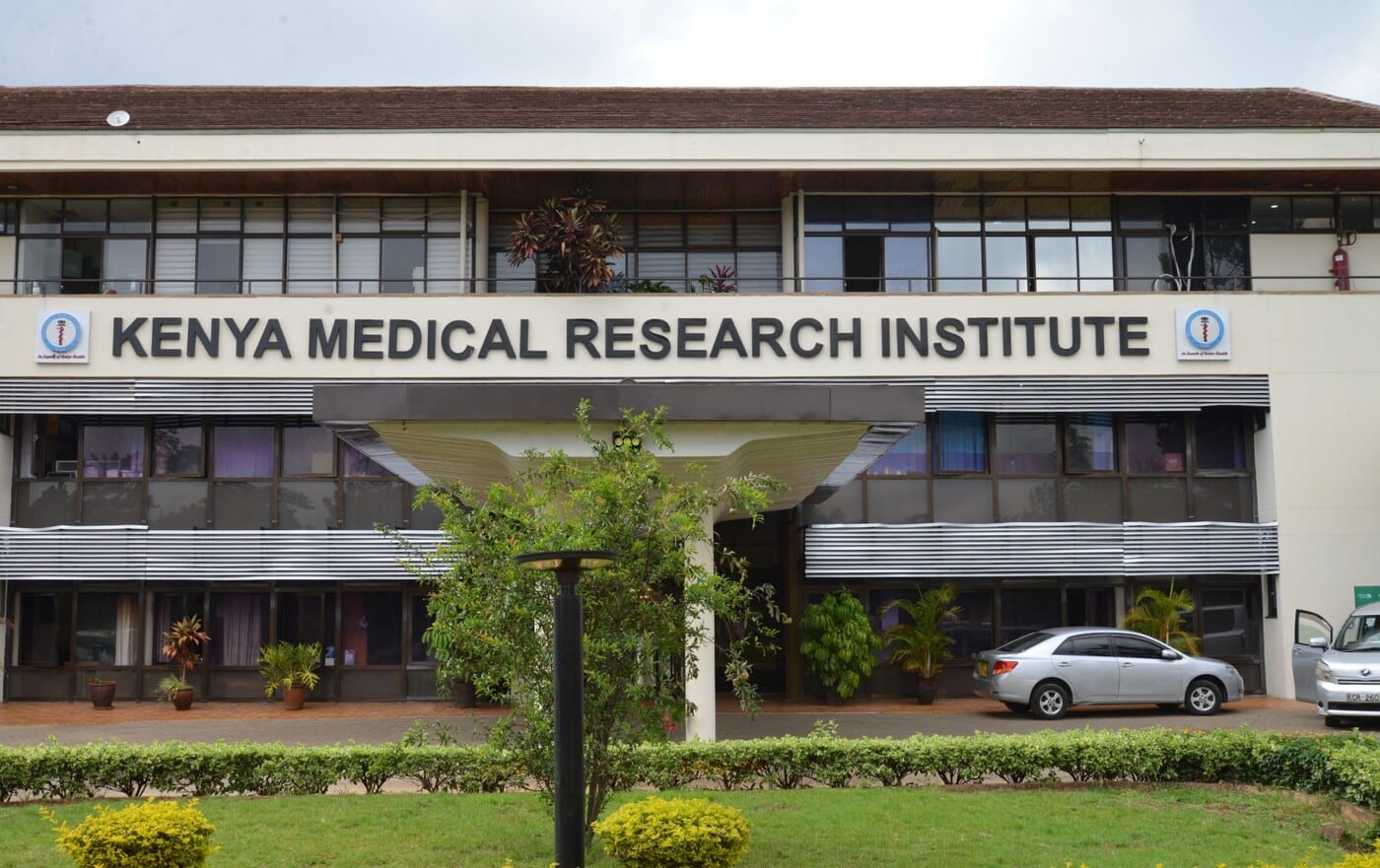Growth Hormone-Releasing Peptide-2 (GHRP-2) is a synthetic hexapeptide that has garnered significant attention in the scientific community for its unique properties and potential implications across various research domains.
As a member of the growth hormone secretagogue (GHS) family, GHRP-2 is hypothesised to stimulate the secretion of growth hormone (GH) through its interaction with the ghrelin receptor, also known as the growth hormone secretagogue receptor (GHS-R).
This article delves into the molecular characteristics of GHRP-2, its hypothesised mechanisms of action, and its potential implications in advancing scientific understanding.
Molecular Characteristics of GHRP-2
GHRP-2 is a synthetic peptide composed of six amino acids designed to mimic the actions of endogenous growth hormone secretagogues.
It is theorized to bind to GHS-R, a receptor widely expressed in various tissues, including the hypothalamus and pituitary gland. This interaction is believed to initiate a cascade of intracellular signaling events that promote growth hormone release.
One of the distinguishing features of GHRP-2 is its potential to induce growth hormone secretion in a pulsatile manner, which is thought to mirror the research model’s endogenous rhythms. This pulsatility is hypothesized to be essential for maintaining the biological functions associated with growth hormones, including cellular growth, metabolism, and repair.
Hypothesized Roles in Cellular and Metabolic Processes
Research indicates that GHRP-2 might play a pivotal role in regulating cellular and metabolic processes through its potential impact on growth hormone secretion.
Growth hormone is a key regulator of anabolic and catabolic pathways, and its dysregulation has been associated with various pathological conditions. GHRP-2 is theorized to support cellular resilience and metabolic homeostasis by promoting growth hormone release.
Also Read: Why Nyandarua Potatoes Are Unsafe- Egerton Research
Investigations purport that GHRP-2 may enhance protein synthesis and muscle growth by activating signaling pathways involved in muscle regeneration and repair.
Additionally, the peptide’s hypothesized impact on lipid metabolism suggests its relevance in exploring interventions for metabolic disorders. GHRP-2 is also believed to impact glucose metabolism, making it a candidate for studying mechanisms underlying insulin sensitivity and energy balance.
Implications in Cellular Aging and Longevity Research
Cellular aging is characterized by a decline in growth hormone secretion, which has been linked to impaired cellular function and increased disease susceptibility.
GHRP-2 has been proposed as a molecule of interest in cellular aging research due to its potential to restore growth hormone levels and mitigate age-related decline. Studies suggest that the peptide might influence cellular repair and regeneration pathways, providing a framework for investigating strategies to enhance longevity.
In research models observed in laboratory settings, GHRP-2 has been associated with better-supported mitochondrial function and mitigated oxidative stress, highlighting its potential relevance for understanding the mechanisms of cellular aging.
Implications for Neurodegenerative Research
The peptide’s properties have been hypothesized to extend to the nervous system, which has been hypothesized to play a role in neuroprotection. Growth hormone and its downstream mediator, insulin-like growth factor-1 (IGF-1), impact neuronal survival and function. GHRP-2’s potential to enhance its levels suggests its potential utility in studying neurodegenerative disorders.
Research indicates that GHRP-2 might impact pathways involved in neuronal repair and plasticity, making it a candidate for exploring interventions for conditions such as Alzheimer’s and Parkinson’s.
Additionally, the peptide’s hypothesized anti-inflammatory properties might have implications for understanding the interplay between inflammation and neurodegeneration.
Chronic inflammation is a hallmark of many neurological disorders, and GHRP-2’s proficiency to modulate inflammatory responses may provide a basis for investigating novel restorative approaches.
Exploring Cardiovascular Research Implications
GHRP-2’s possible impact on growth hormone secretion is thought to have implications for cardiovascular research. Growth hormone influences vascular integrity, and its dysregulation has been linked to atherosclerosis and hypertension.
The peptide is theorized to promote endothelial function, a critical factor in maintaining vascular integrity.
Investigations purport that GHRP-2 might enhance the resilience of endothelial cells by mitigating oxidative stress and supporting mitochondrial function. These properties suggest its relevance in studying interventions to preserve cardiovascular science and prevent vascular dysfunction.
Potential Implications in Metabolic Research
Metabolic disorders, including diabetes and obesity, represent another area where GHRP-2’s properties might be harnessed. The peptide has been hypothesized to support insulin sensitivity and glucose metabolism, making it a candidate for investigating mechanisms underlying metabolic regulation.
GHRP-2 has been speculated to influence glucose uptake and lipid metabolism pathways in laboratory settings, suggesting its potential relevance in addressing metabolic dysregulation.
Additionally, GHRP-2’s potential to modulate inflammatory responses seems to have implications for understanding the relationship between inflammation and metabolic health.
Chronic inflammation is a common characteristic of metabolic disorders, and GHRP-2’s hypothesized anti-inflammatory properties may provide a basis for exploring novel research strategies.
Possible Implications in Exercise Physiology
GHRP-2 has been hypothesized to mimic the impacts of exercise by promoting metabolic adaptations and enhancing physical performance.
The peptide has been associated with increased endurance and muscle strength in research models, suggesting its relevance in studying mechanisms underlying physical activity.
Also Read: AICAR Peptide: Insights into Its Possible Role in Research and Future Implications
The peptide’s potential to shift metabolism from glycolysis to fatty acid oxidation may provide insights into energy utilization during prolonged exercise.
This metabolic adaptation is theorized to delay muscle cell fatigue and support overall performance, making GHRP-2 a candidate for investigating strategies to optimize physical activity.
Future Directions and Research Opportunities
The multifaceted properties of GHRP-2 underscore its potential as a versatile tool for scientific exploration. However, several questions remain unanswered, providing opportunities for future research.
For instance, the precise mechanisms through which GHRP-2 might impact cellular and metabolic processes are not fully understood. Elucidating these pathways might pave the way for targeted interventions in various disease contexts.
Developing GHRP-2 analogs with better-supported stability and specificity might also expand its utility in research settings. These analogs might provide a platform for studying the peptide’s properties in greater detail and exploring its implications across diverse domains.
Conclusion
GHRP-2 represents a promising frontier in peptide research, with potential implications for cellular aging, neurodegenerative, cardiovascular, metabolic, and exercise-related studies.
Its hypothesized proficiency in modulating growth hormone secretion and impacting cellular processes positions it as a molecule of significant interest for advancing scientific knowledge.
As research continues to uncover the intricacies of GHRP-2’s properties, it may be a valuable tool for exploring novel restorative strategies and enhancing our understanding of complex biological systems. Visit biotechpeptides.com for the highest-quality and most affordable research-grade compounds.
References
[i] Laferrère, B., Abraham, C., Russell, C. D., & Bowers, C. Y. (2005). Growth hormone releasing peptide-2 (GHRP-2), like ghrelin, increases food intake in healthy men. Journal of Clinical Endocrinology & Metabolism, 90(2), 611–614.
[ii] Titterington, J. S., Sukhanov, S., Higashi, Y., Vaughn, C., Bowers, C., & Delafontaine, P. (2009). Growth hormone-releasing peptide-2 suppresses vascular oxidative stress in ApoE−/− mice but does not reduce atherosclerosis. Endocrinology, 150(12), 5478–5487.
[iii] Xu, X.-B., Pang, J.-J., Cao, J.-M., Ni, C., Xu, R.-K., Peng, X.-Z., Yu, X.-X., Guo, S., & Chen, C. (2005). Growth hormone-releasing peptides improve cardiac dysfunction and cachexia and suppress stress-related hormones and cardiomyocyte apoptosis in rats with heart failure. American Journal of Physiology-Heart and Circulatory Physiology, 289(4), H1572–H1578.
[iv] Mao, Y., Tokudome, T., & Kishimoto, I. (2014). The cardiovascular action of hexarelin. Journal of Geriatric Cardiology, 11(3), 253–258.
[v] Strassburg, S., Anker, S. D., Castaneda, T. R., Burget, L., Pérez-Tilve, D., Pfluger, P. T., Nogueiras, R., Halem, H., Dong, J. Z., Culler, M. D., Datta, R., & Tschöp, M. H. (2008). Long-term effects of ghrelin and ghrelin receptor agonists on energy balance in rats. American Journal of Physiology-Endocrinology and Metabolism, 295(1), E78–E84.
Follow our WhatsApp Channel and X Account for real-time news updates.








































































